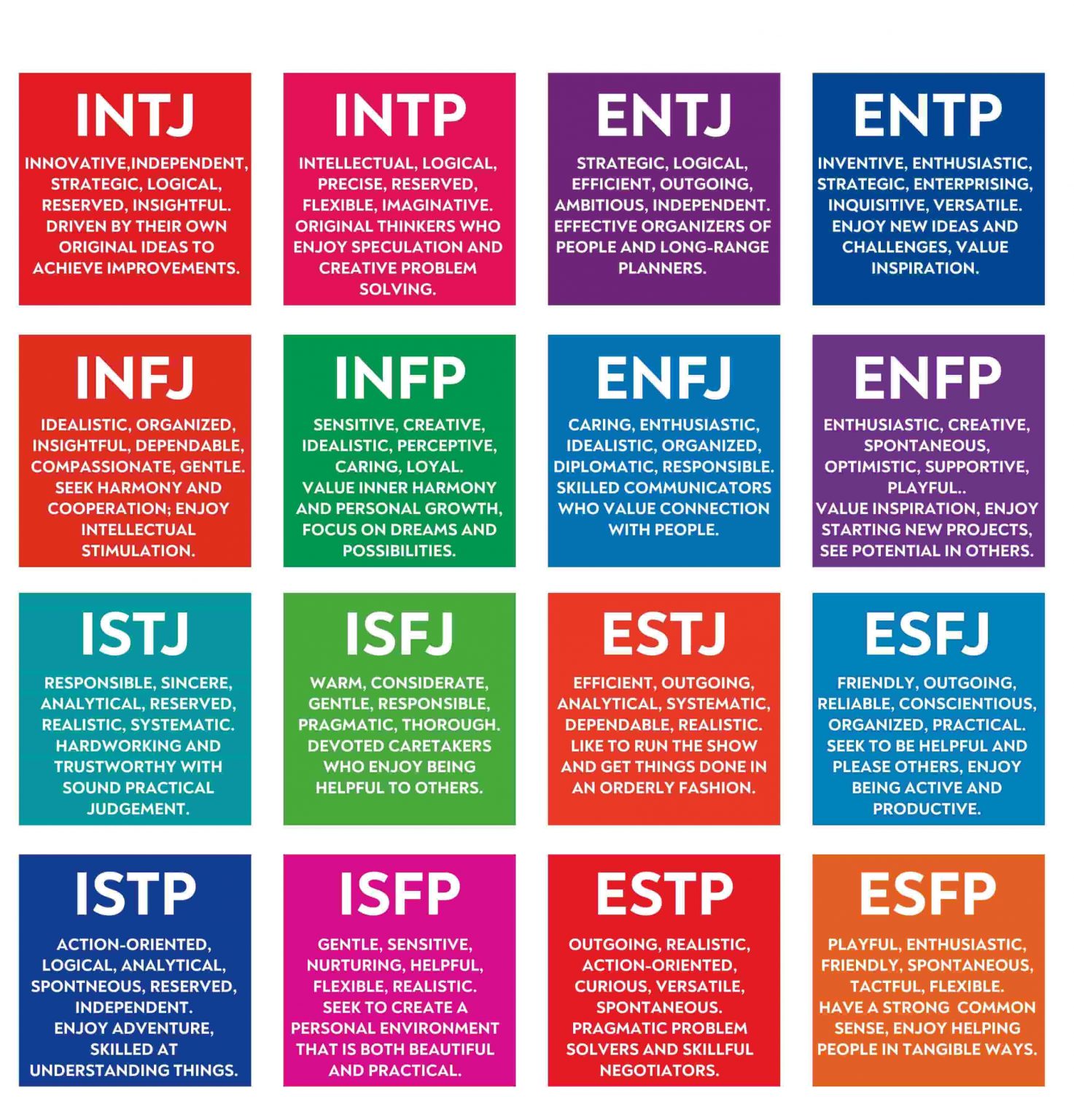Unveiling The Spectrum: A Deep Dive Into Types Of Green
Have you ever paused to truly appreciate the sheer diversity within a single color? When it comes to green, the spectrum is breathtaking, ranging from the palest whispers of mint to the profound depths of forest green. This guide is your ultimate companion for exploring the myriad types of green, offering insights perfect for designers, artists, students, or anyone simply fascinated by the world of color.
From the vibrant 'go' signal at a traffic light to the calming presence of nature, green is a color that evokes a multitude of emotions and meanings. It symbolizes growth, harmony, and renewal, yet it also possesses a unique duality, capable of feeling both organic and, in some contexts, even artificial or toxic. Join us as we embark on a journey through the expansive world of green, uncovering its popular shades, technical codes, and profound impact on our perceptions, whether you’re looking for different shades of green color for a branding brainstorm, creating a new design, or bringing a fresh breath to your website.
Table of Contents
- The Ubiquitous Nature of Green
- Why Green Is So Diverse
- Understanding Green Color Codes: Hex, RGB, and CMYK
- Exploring Popular Types of Green
- The Spectrum of Green: From Light to Dark
- The Psychology and Symbolism of Green
- Choosing the Right Green for Your Project
- Beyond the Shades: The Future of Green
The Ubiquitous Nature of Green
Green is arguably the most pervasive color in our natural world, dominating landscapes from dense forests to sprawling meadows. This omnipresence imbues it with inherent associations of life, growth, and vitality. It's the color of flourishing plants, fresh produce, and the serene backdrop of our planet. Its connection to nature makes it feel inherently organic, healthy, clean, pure, and fresh. This deep-seated association is why green is so often leveraged in branding for eco-friendly products, health foods, and environmental initiatives. It instantly communicates a sense of natural goodness and sustainability, making it a powerful tool for conveying messages of well-being and responsibility.
However, green possesses an intriguing duality that sets it apart from many other colors. While primarily linked with positive, natural elements, it can also evoke less desirable connotations. Think of the sickly green of mold, the unsettling hue often associated with envy or illness in literature and folklore, or even the vibrant, almost artificial glow of certain toxic chemicals. This unique characteristic makes green an odd color in a sense; it can feel both profoundly natural and, depending on the context and specific shade, distinctly artificial or even alarming. For instance, a bright neon green might signify excitement and modernity in one context, but toxicity or unnaturalness in another. Understanding this dual nature is key to effectively utilizing the various types of green in design and communication, ensuring your intended message is accurately conveyed.

Myers Briggs Personality Test: Let’s Explore Your Personality Type!

Types of Nouns Definitions and Examples - Grammareer

Different Types of Ecosystems - List With Examples and Photos